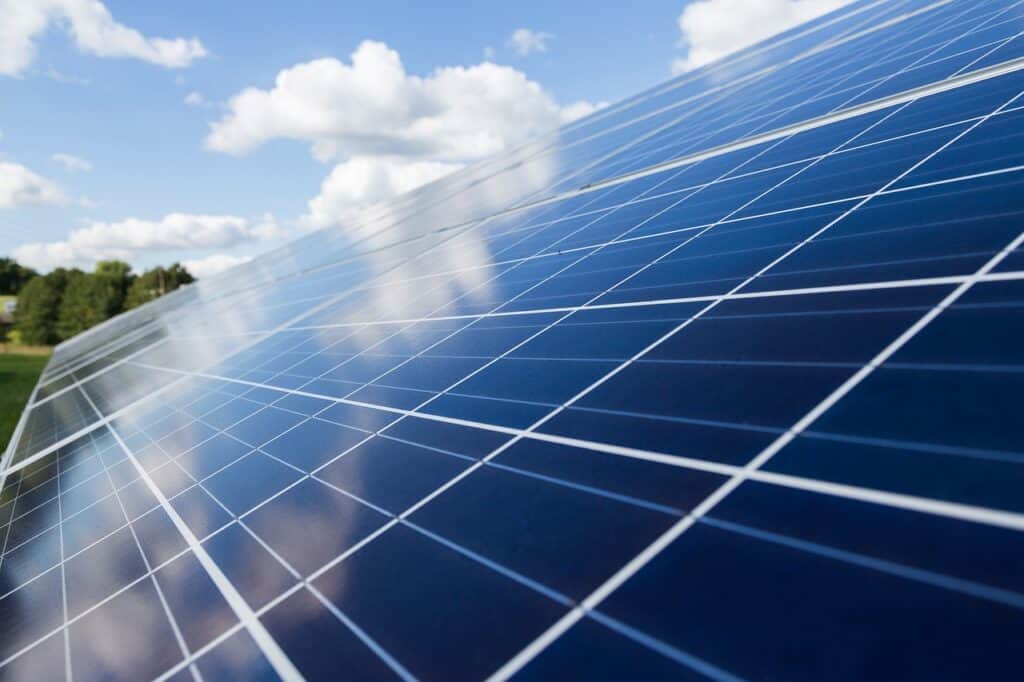Energy efficiency is crucial for homeowners who want to lower utility bills, reduce environmental impact, and maintain comfort in their living spaces year-round. Each season brings different challenges, from the biting cold of winter to the intense heat of summer, and adopting energy-efficient practices can make a significant difference. With small but intentional adjustments, you can save energy, enhance your home’s performance, and increase its long-term value.
Let’s dive into some practical tips that will help you achieve better energy efficiency throughout the year.
1. Insulate Your Home to Reduce Heat Loss
Insulation is one of the most effective ways to keep your home energy efficient during both winter and summer. In cold weather, poor insulation can allow heat to escape, leading to higher heating costs as your system works harder to keep your home warm. Conversely, in the summer, insulation helps block out heat, reducing the need for air conditioning.
Checking the insulation in your attic, walls, and floors is essential. Older homes, in particular, may lack adequate insulation, making them more vulnerable to heat loss and excessive heat gain. Upgrading insulation or adding more where needed can prevent unnecessary energy loss and make your home more comfortable year-round. Make sure to focus on areas like the attic, where heat tends to escape the most in winter.
2. Compare Heating Options for Winter Efficiency
During winter, heating systems can make or break your energy bill. The type of furnace you use—whether electric or gas—plays a key role in how much you spend monthly on heating. When weighing the pros and cons of electric versus gas furnaces, it’s important to consider both installation costs and monthly operating expenses. For instance, the electric vs gas furnace monthly cost debate often centers on the fact that electric furnaces tend to be cheaper to install but can lead to higher monthly costs due to electricity rates. Gas furnaces, while typically more expensive upfront, often have lower operating costs in regions where natural gas is cheaper than electricity.
No matter which furnace you use, keeping it well-maintained and upgrading to a more energy-efficient model can lead to savings in the long run. Make sure to choose the option that best fits your climate and energy needs for maximum efficiency.
3. Seal Gaps and Cracks Year-Round
Even if your home has excellent insulation, small gaps and cracks around windows, doors, and other openings can let air escape, making your heating and cooling systems to work extra hard. This can lead to higher bills and make it harder to maintain a consistent indoor temperature.
Sealing gaps and cracks is an easy yet effective way to enhance your home’s energy efficiency. You can use caulk or weatherstripping to seal openings around windows and doors. Pay close attention to areas like the attic, basement, and garage, as these tend to have the most leaks. Regularly checking for drafts can prevent minor leaks from turning into major energy drains.
4. Use Programmable Thermostats for Precise Control
A programmable thermostat can be a game-changer for energy efficiency. These devices allow you to set specific temperatures for different times of day, ensuring your home stays comfortable without wasting energy. For example, you can program your thermostat to lower the heat or turn off the air conditioning when you’re not home and automatically return to a comfortable temperature before you arrive.
Smart thermostats take it a step further by learning your temperature preferences and adjusting automatically. This precise control over your home’s heating and cooling systems can result in significant energy savings, especially during extreme weather. Installing a programmable or smart thermostat is an easy, affordable way to reduce your energy consumption.
5. Upgrade to Energy-Efficient Windows
Windows are a common source of energy loss in homes, especially older windows that lack modern insulation technology. Energy-efficient windows can help reduce heat transfer, keeping your home warmer in the winter and cooler in the summer. These windows use special coatings, multi-pane glass, and insulated frames to prevent air leakage and heat loss.
If upgrading your windows isn’t within your budget, you can still improve their efficiency by using heavy curtains in winter or installing reflective films in summer. Each of these small improvements can help block drafts and reduce the strain on your heating and cooling systems.
6. Maintain HVAC Systems Regularly
Regular maintenance of your HVAC (heating, ventilation, and air conditioning) system is essential for maintaining energy efficiency. When HVAC systems are neglected, they can become clogged with dust and debris, forcing them to work harder to heat or cool your home. This not only leads to higher energy consumption but also shortens the lifespan of the system.
To avoid these issues, it’s important to clean or replace air filters every one to three months, depending on usage. Scheduling professional tune-ups at least once a year can also ensure that your system is running efficiently. During these checkups, technicians can inspect the components, check refrigerant levels, and address any minor issues before they become costly problems. A well-maintained HVAC system operates more efficiently, saving energy and reducing utility bills year-round.
7. Switch to Energy-Efficient Lighting
Lighting plays a significant role in home energy consumption, and switching to energy-efficient options is an easy way to save electricity. Traditional incandescent bulbs use a lot of energy and don’t last as long as modern alternatives like LED (light-emitting diode) and CFL (compact fluorescent lamp) bulbs. LEDs, in particular, use up to 75% less energy than incandescent bulbs and can last up to 25 times longer.
Moreover, using natural light during the day can reduce your reliance on artificial lighting. Installing dimmer switches and timers can also help conserve energy by ensuring lights aren’t left on when not needed. Motion sensors for outdoor lighting can provide the security you need without wasting energy, further enhancing your home’s efficiency.
In conclusion, making small adjustments to your home and adopting energy-saving practices for each season can have a big impact on your overall energy efficiency. By taking steps like insulating your home, maintaining your HVAC system, and switching to energy-efficient lighting, you can enjoy a more comfortable living space while lowering your energy bills. With these tips, you’re not only making your home more efficient but also contributing to a more sustainable future.





